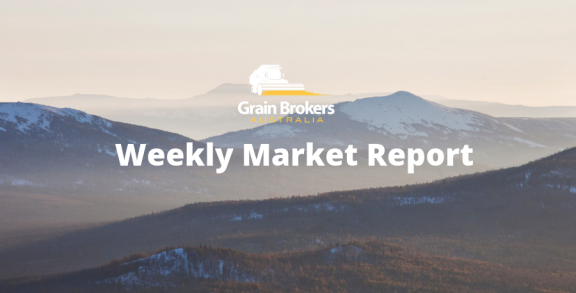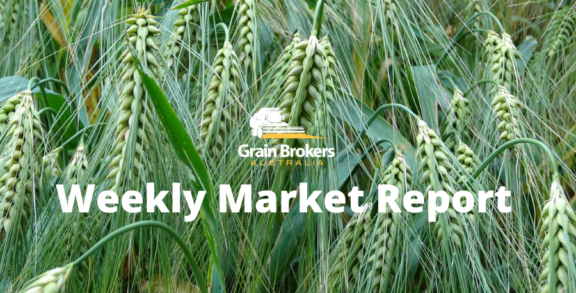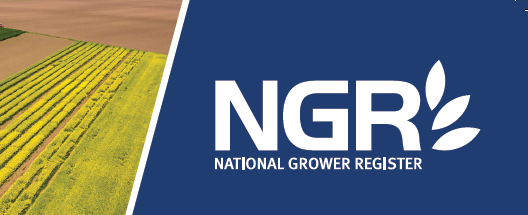
July 16, 2019
Russian production down but quality up…
Hotter and dryer than normal weather patterns over the European portion (west of the Ural mountain range) of the Russian Federation since late May appears to have had a drastic impact on the size of this year’s wheat crop and projected exports for the 2019/20 marketing year.
Production estimates have been lowered as a result, but they are still higher than last year and, if they come to fruition, will be the second highest on record for the world’s biggest exporter.
Early last week two of Moscow’s leading agricultural consultancies, SovEcon and IKAR downgraded their production and export estimates and the United States Department of Agriculture (USDA) followed suit by doing the same when they released the latest World Agricultural Supply and Demand Estimates (WASDE) later in the week.
However, the lack of consensus amongst the agencies demonstrates how difficult it is for the global trade to get an accurate picture of production and potential exports this season. SovEcon had previously been the most optimistic regarding the size of this year’s crop, but they made the biggest cut due to the recent drought-like conditions.
SovEcon’s previous production estimate of 82.2 million metric tonne (MMT) was slashed by 5.6MMT, to 76.6MMT. IKAR, on the other hand, was not as pessimistic about the effects of the recent weather, cutting their production estimate from 79.3MMT to 78.5MMT. However, that number was revised down by another 1MMT early this week to 77.5MMT, and IKAR suggested that further cuts may come as more harvest data becomes available.
SovEcon also took a knife to their export numbers, cutting expectations by 4.6MMT, to 33MMT. That is 3MMT lower than 2018/19 wheat exports, despite their production forecast being around 5MMT higher than last season.
The latest WASDE report was quite bullish for wheat with production cut by 9.3MMT across the major exporters including Ukraine, European Union, Canada and Australia (even though domestic conditions have improved over the last month). However, the biggest surprise to the market was the 3.8MMT taken off Russian production.
The USDA is forecasting 2019/20 production at 74.2MMT, down from 78MMT last month, but still higher than the 71.7MMT produced last season. The total area to be harvested is forecast at 26.3 million hectares, representing an average yield of 2.82 metric tonne per hectare.
In line with the drastic production cut, the USDA lowered their 2019/20 wheat export estimate by 2.5MMT to 34.5MMT. This is a year-on-year fall of 1.5MMT, with the USDA obviously expecting supplies to tighten this season.
The recent hot and dry weather hasn’t been all bad for the Russian farmer, with protein levels boosted as a result of the hard finish. Harvesting commenced in the southern wheat belt about three weeks ago, and protein levels in approximately 80 per cent of the deliveries made to date have been higher than 13 per cent. That is four times greater than the long term average.
Higher protein wheat is highly sort after by global millers as it is linked to gluten, the component that makes bread dough strong and stretchy. The challenge for the Russian farmer is extracting a better price for their high-quality product. With an abundance of 12.5 per cent protein wheat available to the market at this early stage of harvest, the trade is very reluctant to pay a premium.
That is reflected in the current price spread between milling wheat and feed wheat, which has more than halved since harvest commenced, and the high protein trend became evident. In late May, the premium being paid for 12.5 per cent protein wheat was more than US$12 per metric tonne. That is now down to under $US5.00 per metric tonne, or even as low as parity in some regions.
Some growers are reportedly seeing protein levels as high as 16 per cent but are only being offered 12.5 per cent protein prices. This is encouraging them to hold onto their highest quality wheat in the hope that overall Russian quality falls as harvest moves into the central and northern farming regions before finishing in Siberia in September.
Egypt is the world’s biggest importer of wheat, and Russia is traditionally their primary supplier. Egypt’s state grain buyer, the General Authority for Supply Commodities (GASC) needs to purchase around 900,000 metric tonne per month. It was back in the market last week after booking just one cargo (60,000 metric tonne) of Romanian wheat the week before.
GASC booked the top four offers on the tender lineup, for a total 240,000 metric tonne, with Russia overlooked yet again. The successful exporters were Romania with three cargoes and Ukraine with the fourth. They paid US$198 Free on Board (FOB), a slight increase on the previous week’s purchase, but under the price paid at the same time last year.
No doubt Russia will feature in the GASC tenders soon, given the size of their wheat crop and the exportable surplus that needs to start moving. That said, the Egyptians would appear to be sending a subtle message to Russian exporters to sharpen their pencil if they want a piece of the action.
The Russian export lineup is reported to be around half of what it was this time last year. Nevertheless, it is too early in the new crop marketing season for the Russian shippers to resort to discounting quality, particularly with production, and exportable surpluses, dropping in most of the major export origins, except for the United States.
Call your local Grain Brokers Australia representative on 1300 946 544 to discuss you





